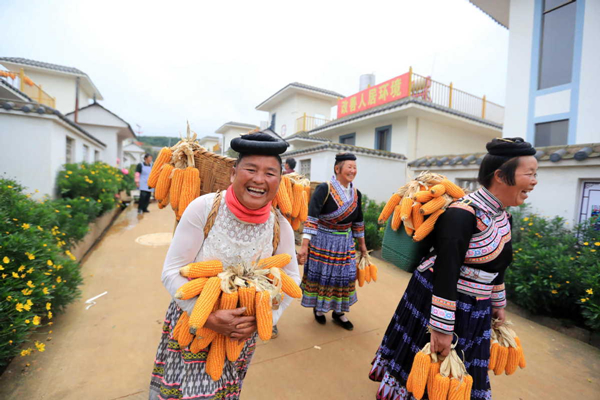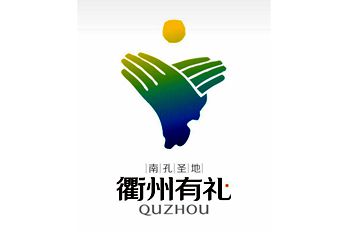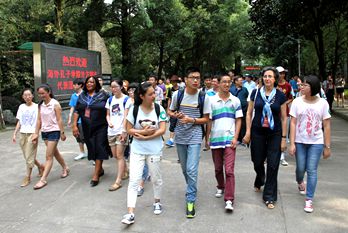China hews to its socialist market system

Residents in Xiaohai New Village in Kunming, Yunnan province, enjoy their new lives after centralized resettlement in October 2018. [Photo/IC]
China's pursuit of common prosperity does not mean the country has ditched its socialist market economy, a social scientist said on Sunday.
The system has been tested and has worked since China embraced market-oriented reforms in 1978, said Gao Peiyong, vice-president of the Chinese Academy of Social Sciences.
"Our pursuit of common prosperity shall be rooted in the socialist market economic system, and the two things are inseparable," he said at the Sustainable Development Forum 2021, which opened in Beijing on Sunday.
Chinese leaders said at a high-level meeting last month that they want a three-tier distribution of social wealth in a bid to balance efficiency and fairness and achieve common prosperity.
They aim to expand the size of middle-income groups and create an olive-shaped income distribution pattern with relatively few poor or rich people.
Gao said neither egalitarianism nor overemphasizing efficiency over equality was desirable during the promotion of common prosperity.
To strike a balance between equality and efficiency, the fairness of "opportunity, procedure and result "all need to be ensured in wealth distribution and redistribution, he said.
"This is not only beneficial to forming a correct view of fairness in Chinese society, but also to achieving the unity of fairness and efficiency," Gao said.
The essence of the socialist market economy was to let the market play a decisive role in resource allocation, he said.
Gao said China should unswervingly uphold the dominant role of the public sector in promoting common prosperity and continue to promote the development of the nonpublic sector.
"We should continue to allow some people to get rich first, and at the same time encourage them to work hard, operate in a legal way, create prosperity and help pull along those left behind," he said.
In May, Zhejiang province, a front-runner in curbing poverty and a manufacturing hub known for its vibrant private sector, was designated as the pilot zone for promoting common prosperity. The province has not had any impoverished counties since 1997.
Zhejiang Executive Vice-Governor Chen Jinbiao told the forum an olive-shaped income distribution pattern was the defining feature of a society with common prosperity.
He said the province aims to ensure 80 percent of its families have annual disposable incomes of between 100,000 and 500,000 yuan ($15,465 and $77,327) in the next five years, and that 45 percent earn between 200,000 and 600,000 yuan.
China has ramped up efforts to rein in the wealth gap since announcing in February that the Chinese mainland had eliminated absolute poverty.
China's Progress Report on Implementing the 2030 Agenda for Sustainable Development, which was released at the forum, said 98.99 million rural residents had escaped poverty in the eight years ending last year.
That meant the country had met the zero-poverty goal laid out in the United Nations' 2030 Agenda 10 years ahead of schedule, said the report, which was compiled by the Beijing-based Center for International Knowledge on Development.
It said that all those lifted out of poverty now have reliable access to food, clothing, basic medical services, safe housing and clean drinking water, and all children from such families have returned to classrooms.
All formerly poverty-stricken areas have access to a stable power supply, and 98 percent of formerly impoverished villages have internet infrastructure, the report said.
China's success in curbing poverty has laid a solid foundation for achieving common prosperity and promoting the cause of global poverty reduction and human development, it added.
State Councilor and Foreign Minister Wang Yi told the forum's opening ceremony that China, the world's largest developing country, is committed to helping other developing countries and promoting South-South cooperation, and it has provided development assistance to more than 160 nations.

 City brand logo - fist-and-palm salute
City brand logo - fist-and-palm salute Confucianism on campus
Confucianism on campus The culture of the academy
The culture of the academy